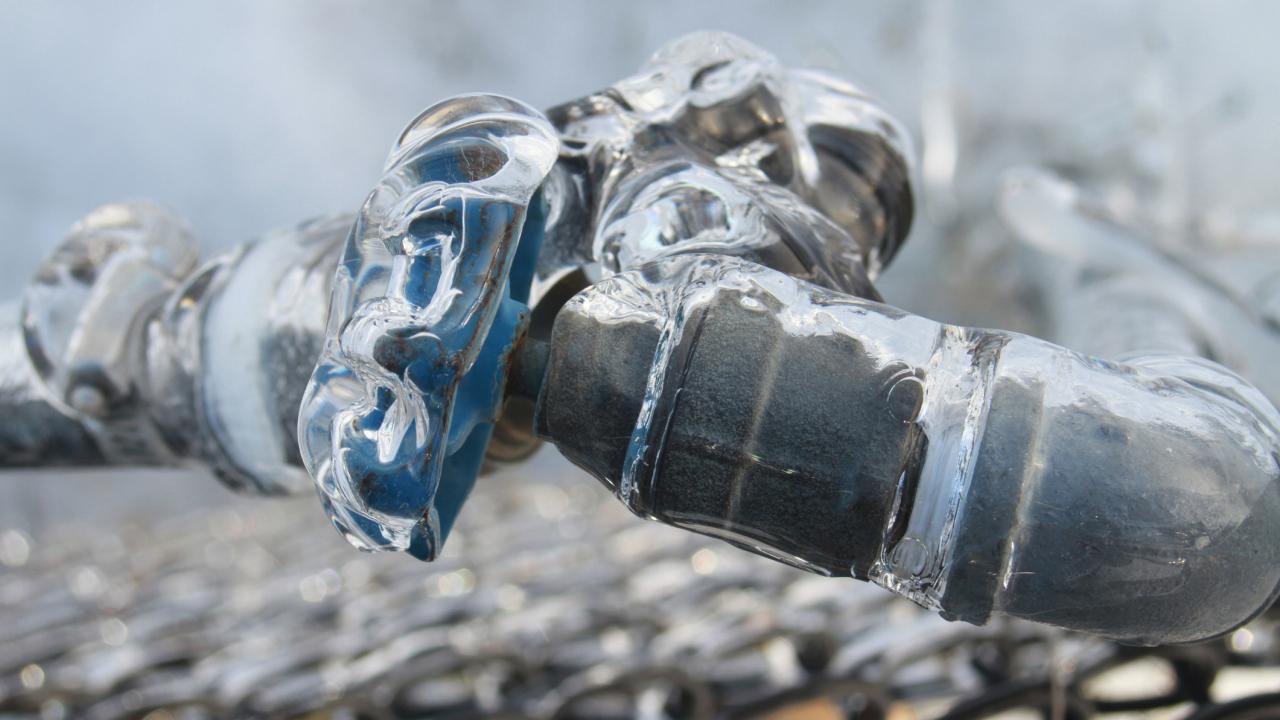How to Protect Pipes from Cold Weather: Professional Advice
How to Protect Pipes from Cold Weather: Professional Advice
Blog Article
Right here down the page you can locate some good ideas in regards to How to Prevent Your Pipes From Freezing.

Winter can wreak havoc on your pipes, particularly by freezing pipes. Here's just how to stop it from taking place and what to do if it does.
Intro
As temperature levels decline, the risk of frozen pipelines rises, potentially resulting in pricey fixings and water damage. Comprehending just how to prevent frozen pipelines is important for house owners in cool environments.
Understanding Frozen Pipes
What creates pipelines to ice up?
Pipes ice up when exposed to temperature levels below 32 ° F (0 ° C) for expanded periods. As water inside the pipelines ices up, it increases, taxing the pipe walls and potentially causing them to burst.
Dangers and damages
Frozen pipelines can cause water interruptions, residential property damage, and expensive repair work. Ruptured pipelines can flooding homes and create substantial structural damage.
Indications of Frozen Pipes
Recognizing icy pipelines early can prevent them from bursting.
Just how to identify icy pipes
Try to find decreased water flow from taps, unusual odors or sounds from pipes, and noticeable frost on exposed pipes.
Avoidance Tips
Shielding susceptible pipes
Wrap pipelines in insulation sleeves or make use of warmth tape to shield them from freezing temperatures. Concentrate on pipelines in unheated or outside locations of the home.
Heating techniques
Keep indoor areas appropriately warmed, specifically locations with pipes. Open cupboard doors to allow cozy air to circulate around pipelines under sinks.
Shielding Exterior Plumbing
Yard pipes and outdoor faucets
Detach and drain pipes garden hoses before winter. Install frost-proof spigots or cover exterior taps with shielded caps.
What to Do If Your Pipes Freeze
Immediate actions to take
If you suspect icy pipelines, keep faucets open to alleviate pressure as the ice thaws. Utilize a hairdryer or towels soaked in warm water to thaw pipelines slowly.
Long-Term Solutions
Structural modifications
Think about rerouting pipelines far from outside walls or unheated locations. Add additional insulation to attics, basements, and crawl spaces.
Upgrading insulation
Buy high-quality insulation for pipes, attic rooms, and walls. Proper insulation aids keep constant temperature levels and minimizes the threat of icy pipes.
Conclusion
Preventing frozen pipelines requires positive measures and fast feedbacks. By recognizing the causes, indicators, and safety nets, home owners can protect their plumbing during cold weather.
5 Ways to Prevent Frozen Pipes
Drain Outdoor Faucets and Disconnect Hoses
First, close the shut-off valve that controls the flow of water in the pipe to your outdoor faucet. Then, head outside to disconnect and drain your hose and open the outdoor faucet to allow the water to completely drain out of the line. Turn off the faucet when done. Finally, head back to the shut-off valve and drain the remaining water inside the pipe into a bucket or container. Additionally, if you have a home irrigation system, you should consider hiring an expert to clear the system of water each year.
Insulate Pipes
One of the best and most cost-effective methods for preventing frozen water pipes is to wrap your pipes with insulation. This is especially important for areas in your home that aren’t exposed to heat, such as an attic. We suggest using foam sleeves, which can typically be found at your local hardware store.
Keep Heat Running at 65
Your pipes are located inside your walls, and the temperature there is much colder than the rest of the house. To prevent your pipes from freezing, The Insurance Information Institute suggests that you keep your home heated to at least 65 degrees, even when traveling. You may want to invest in smart devices that can keep an eye on the temperature in your home while you’re away.
Leave Water Dripping
Moving water — even a small trickle — can prevent ice from forming inside your pipes. When freezing temps are imminent, start a drip of water from all faucets that serve exposed pipes. Leaving a few faucets running will also help relieve pressure inside the pipes and help prevent a rupture if the water inside freezes.
Open Cupboard Doors
Warm your kitchen and bathroom pipes by opening cupboards and vanities. You should also leave your interior doors ajar to help warm air circulate evenly throughout your home.

Hopefully you enjoyed our article about Prevent Frozen Pipes . Thanks for taking time to read through our posting. Please set aside a second to distribute this blog if you enjoyed it. Thanks a lot for being here. Revisit us soon.
Click Here Report this page